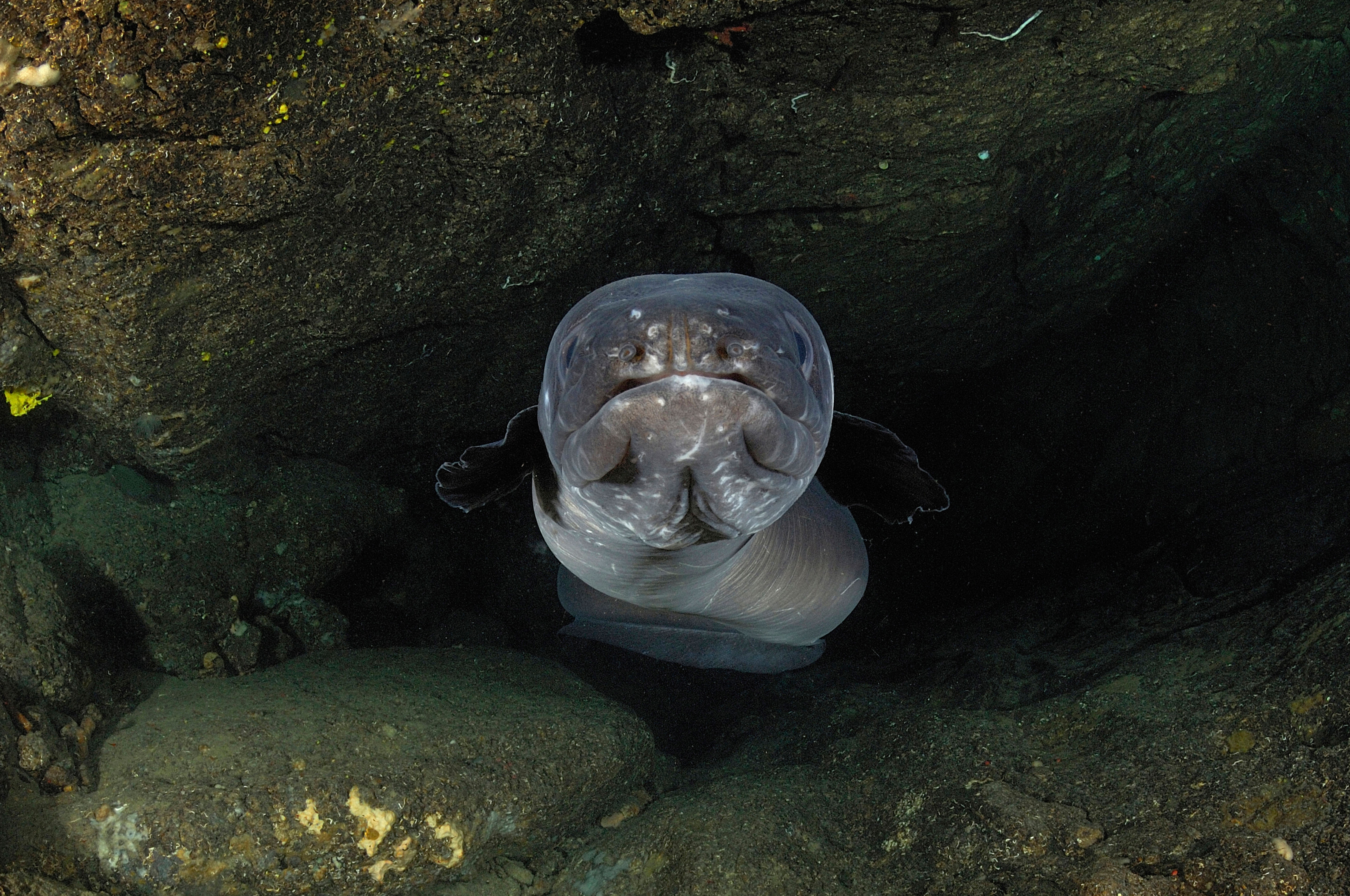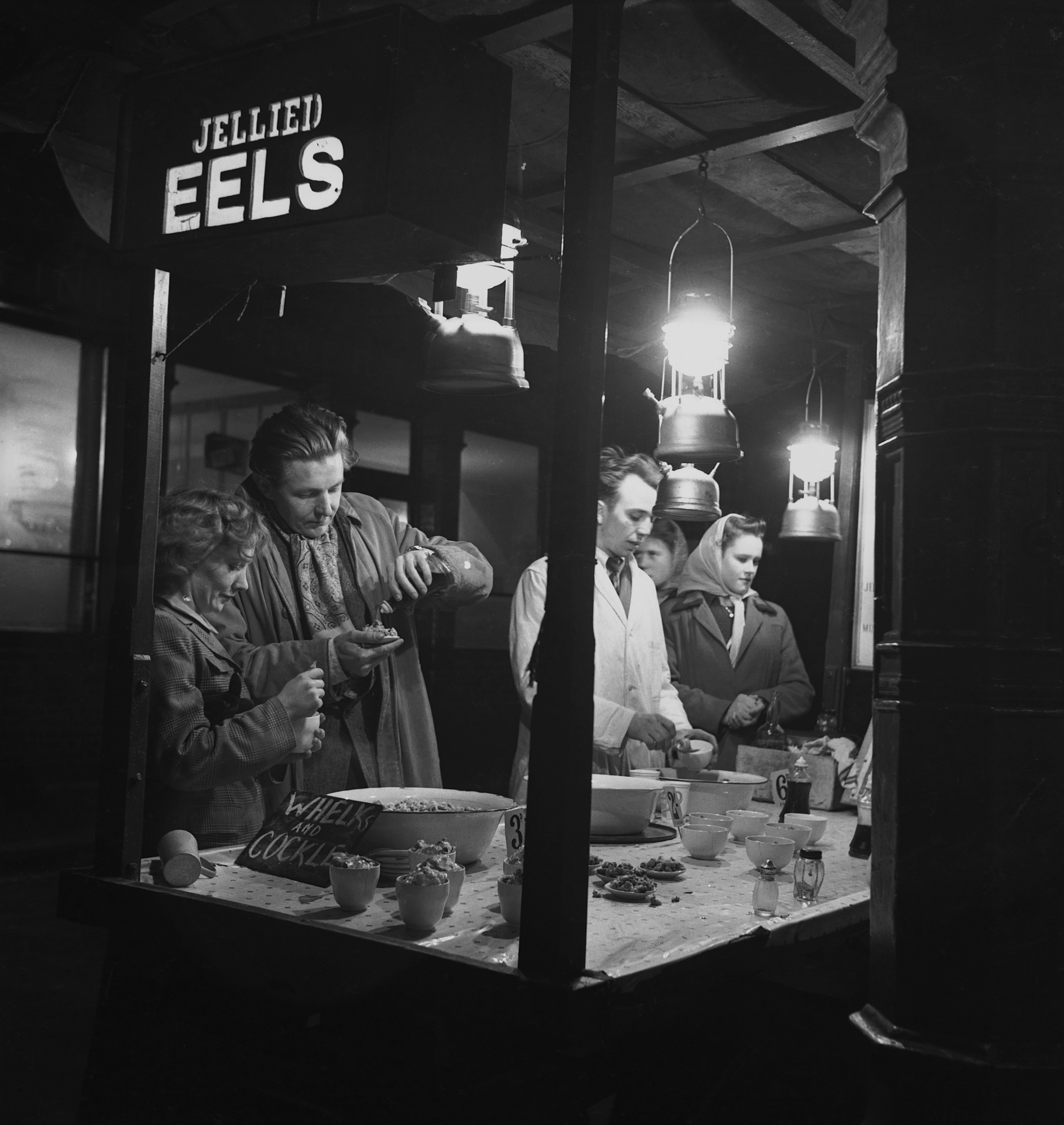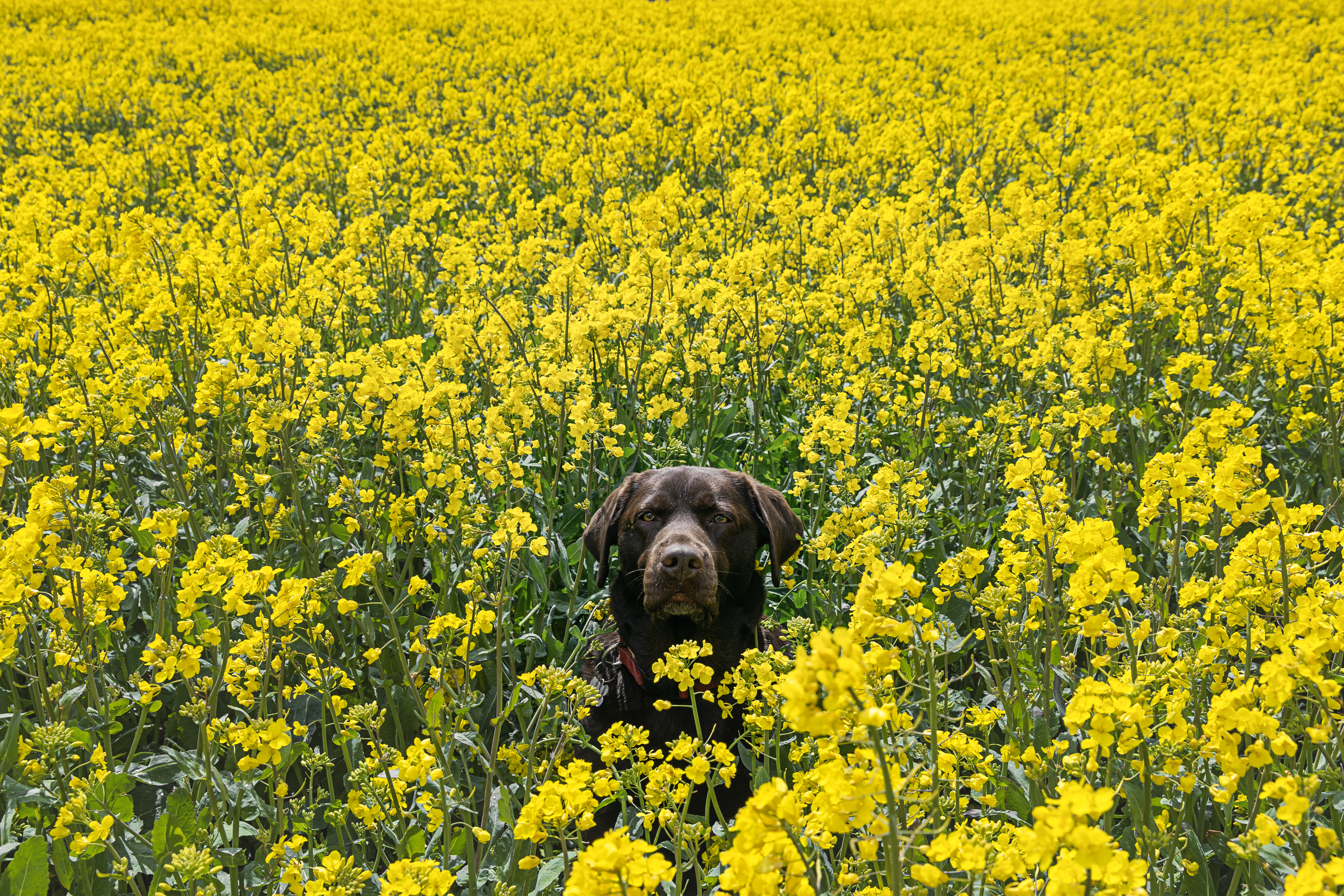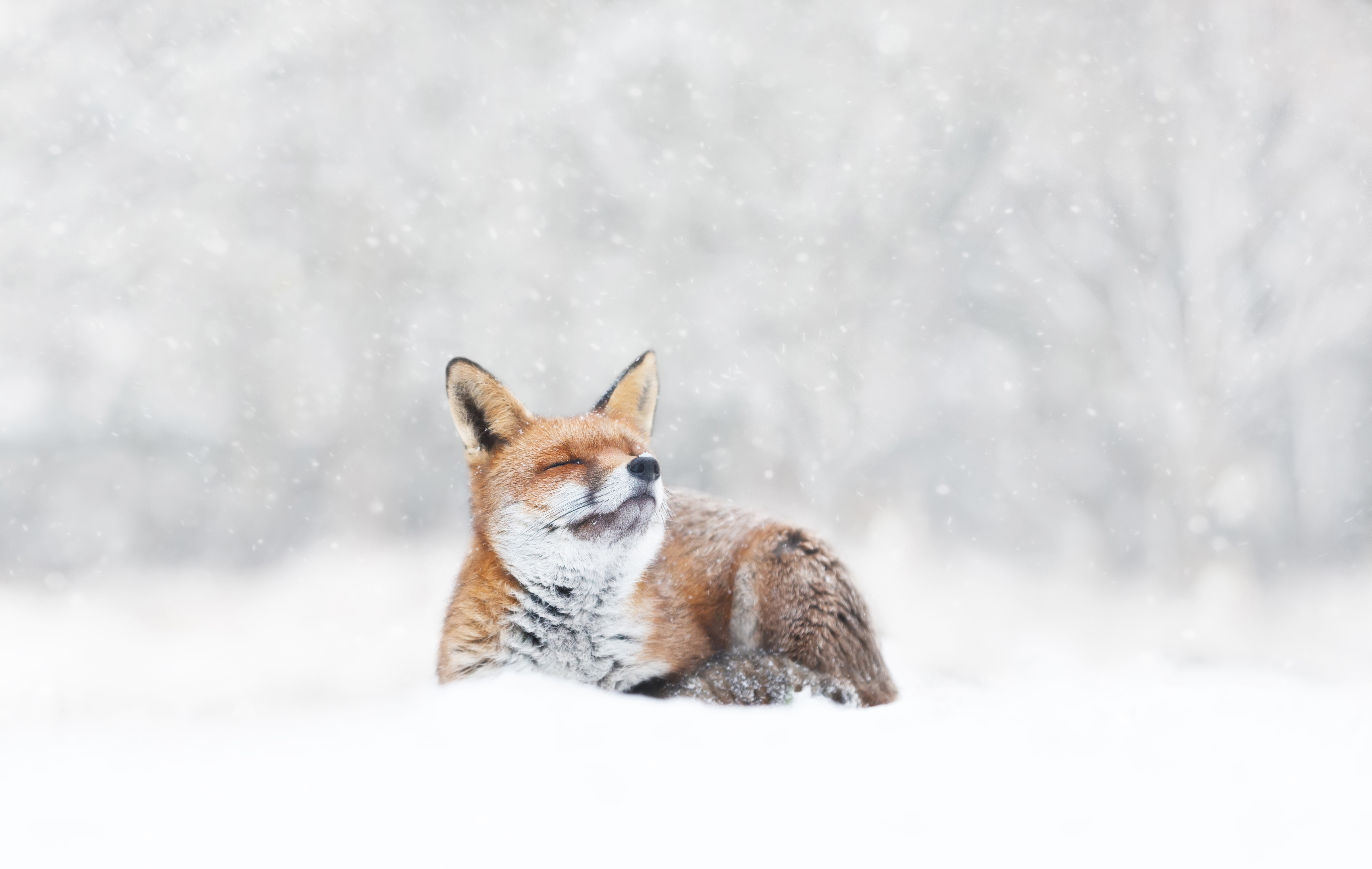Aristotle believed they emerged spontaneously from mud, Sigmund Freud dissected thousands of them and they can dive lower than a nuclear submarine — but what is the truth about the eel?
It would seem the European eel has a long way to go to win hearts, Laura Parker says of the slippery animal with an unfortunate image problem.


Why do we not know — or care — more about the eel? It seems to have an image problem. Even one of its great admirers lists its attributes as being ‘snoutiness, a thick coat of viscous slime and convulsive writhing’. Fishing journalist Tom Fort in his Book of Eels goes on to note its (false) reputation as a scavenger of decomposed flesh, its unnerving capacity to squirm even after decapitation and the myth that its blood is toxic. This serpentine creature of the night lurks in muddy river bottoms, but has also been witnessed on land, wriggling across damp ground. It would seem the European eel (Anguilla anguilla) has a long way to go to win hearts.
Yet try this: ‘Her belly is a dulled pearl… her patience/Global and furthered with love/By the bending stars as if she/Were earth’s sole initiate.’ That’s Ted Hughes capturing the mystery of a creature that, during its life cycle, floats with the currents, surges with the tides at full moon and makes its way at least 4,000 miles across the ocean to breed. Learning the beautiful names given to each of those phases — willow leaf, glass and silver — may help endear it to us. As may knowing that even in an age when we have plundered deep space, we do not fully understand the life of the lubricious eel.
There has been conjecture about eels for centuries. Aristotle believed they emerged spontaneously from mud. Millennia passed before anyone could connect the eel with its larval stage. Men of science in the late 19th century thought it emerged from deep holes in the sea bed. Eels continued to frustrate investigators, including the young Sigmund Freud, who dissected thousands in an effort to find the male sex organs of this hermaphroditic creature. It was not until the 1920s that a theory about their breeding grounds by Danish biologist Johannes Schmidt held fast.

Glass eels are less than 5in long and found in all of Britain's estuaries.
All European eels emerge as fertilised eggs from the weed-strewn, windless Sargasso Sea in the north Atlantic. From here they catch the current and, after a journey that may take up to three years, they arrive in Europe’s estuaries as glass eels or elvers, less than 5in long. They are found in all of Britain’s estuaries. About 10 million reach the Thames each year, but by far the highest number — about 100 million — are funnelled into the Bristol Channel and many surf the rising tide of the Severn Bore. Their natural pattern is to move up rivers or into marshes and lakes, where they grow into adolescent yellow eels. The process of maturity can take up to 15 years in British waters and it is only when they are about five years old that their sex is decided. ‘We don’t know why, but when there are lots of eels more become male, when fewer, they choose to be female,’ clarifies Andrew Kerr, chairman of the Sustainable Eel Group.
Then, at some unknown signal, the adult eels will divine that the time is right to leave. Now silver, they make their way back downriver and set off for the Sargasso, this time via the Azores in the mid Atlantic, at night diving to depths lower than a nuclear submarine. They don’t eat on the journey, instead absorbing their non-essential organs. By the time they arrive, a large female will be carrying about three million eggs, needing several males to fertilise them. After mating (which has never been witnessed), the eels sink to the bottom of the sea to die.
Our relationship with the eel goes back to the beginning of our own history, when this highly nutritious fish was hunted with a spear or caught in various forms of trap. The Luttrell Psalter of the 1330s has an illustration of a wicker eel trap, a bottle-shaped woven-willow device that was used right up to when Peter Carter, the last eel fisherman in Ely, Cambridgeshire, who came from a 500-year-old family line of eel trappers, finally hung up his trap a decade ago.

Eel traps in Victorian times.
The fyke net, a long cylinder with diminishing sizes of internal cones, is the estuarial method still used by Steve Matthews, the only licenced eel fisherman in Poole Harbour, Dorset. Steve, 69, also descends from generations of fishermen and has been catching eels for 52 years. ‘I started with salmon on the river at 14, but I found eels more interesting,’ he tells me as he heads out on his boat to catch the tide, having begun his day at 4am.
Exquisite houses, the beauty of Nature, and how to get the most from your life, straight to your inbox.
Eels can only be hand fished in this country. Matthews cannot pass on his licence and does not know anyone who would take up his way of life. He sells his catch to Bradley’s in Middlesex, one of the largest jellied-eel distributors, where owner Frank Bradley, 82, is keen to emphasise their nutritional value: ‘Science says there is more goodness in an eel than salmon,’ he points out, after his lunch of jellied eels eaten in the traditional way, on dry bread with vinegar.
Eels were once both so abundant and prized that they were a form of currency. The priests of the eponymous Ely bartered them for stone to build their cathedral, but also accepted them as rent, as did many monasteries, eels being a permissible Lenten meal. The Domesday Book of 1086 lists many instances of ‘eel-rents’: the villagers of Harmston in Lincolnshire owed their overlord Hugh of Chester 75,000 eels a year.
Inevitably, this profusion is now a faded folk memory. The European eel is a red-listed (critically endangered) species and its numbers are thought to have dropped by as much as 90% in the past five decades. Reasons for its decline are, as is much about eels, both complex and not fully understood, with theories ranging from parasites and pollution to changing ocean currents. Humans have not made life easy for them by draining marshes and putting up barriers, such as weirs and hydroelectric dams. The Environment Agency has regulatory powers for securing eel passes — channels to help them through such obstacles — and has been trialling new designs. Last year, it counted more than 50,000 eels using a pass between the River Ehen and Ennerdale Water in Cumbria.

Jellied eels — not to everyone's tastes.
Eels are slippery customers to monitor, with the best way being to record the numbers of glass eels arriving. It is at this stage that they have been in most danger of being illegally caught in large numbers and sent to Asia, where they are a prized delicacy. In a lucrative black market, tied up with organised crime, one 66lb suitcase can smuggle up to €100,000 (about £87,000) worth of glass eels. Baby eels are one of the world’s most trafficked creatures, but, since EU eel regulations dating from 2007, enforcement, coupled with severe sentencing, has had an effect. The Sustainable Eel Group, founded by Kerr in 2010, is committed to tackling trafficking, unblocking the passage of eels and to programmes to move elvers upstream. Initiatives for the latter are more common in Europe than here. ‘The UK Government has not invested in restocking,’ laments Kerr. ‘One pity is we have lost our relationship with the eel in this country.’
‘Elver Dave’ Smith has been catching glass eels on the Severn for 50 years, going out at night between February and April. He believes numbers have improved hugely in the past six or so years. Fried elvers were once a local staple food and elvering a common way of supplementing incomes. In time, the market turned to exports for restocking European lakes, but a combination of Brexit and a final ban this year on supply to Russia has closed off outlets. He will apply for his licence to go out next year —‘it’s in my blood’ — and would happily fish to restock UK waters. Smith is featured in The Elvermen, an atmospheric short film directed by Isla Badenoch, who wanted to capture a vanishing world and the deeply mysterious eel/human relationship.
An eel evangelist taking practical action is Vanessa Becker-Hughes. Her Somerset Eel Recovery Project has taken more than 60 tanks of baby eels to local schools to introduce children to their magic and weaves traditional straw ropes for eel passes. Fired up with memories of fishing for eels with her grandfather and catching 200 a night to store in the bath before they were sold around the village, Becker-Hughes has got some local fisherman on side. Everything to do with the eel is complicated, but fascinating, she says: ‘They are an example of how we have lost our way. The eel should be as powerful a conservation symbol as bees or butterflies.’
This feature originally appeared in the November 19, 2025 issue of Country Life. Click here for more information on how to subscribe.
Laura Parker is a countryside writer who contributes to the Scottish Field, the Dundee Courier and Little Toller’s nature journal The Clearing. She lives in the Cotswolds and keeps a small flock of Shetland sheep. You can follow her on X and Instagram: @laura_parkle.
-
 Ten of the most exquisite French châteaux, photographed for Country Life in 1906 and still standing today
Ten of the most exquisite French châteaux, photographed for Country Life in 1906 and still standing todayIn the early 20th century, Country Life commissioned Frederick H. Evans to photograph some of France's châteaux. Here are some of his efforts.
-
 What is everyone talking about this week: Is the Golden Age of fine dining over?
What is everyone talking about this week: Is the Golden Age of fine dining over?It currently costs a restaurant around £35 to procure a Dover sole, but they cannot list said fish for anymore than £45. So, does the current financial climate spell an end to fine dining?
-
 The Alpine rescue dog built for blizzards, bred by monks
The Alpine rescue dog built for blizzards, bred by monksAs snow fell across the UK this week, I found myself day-dreaming of St Bernards striding through the Alps — a snow-day dog worth celebrating.
-
 Better than Ozempic? 50 years of the Brompton bicycle
Better than Ozempic? 50 years of the Brompton bicycleOwen Wilson, James May and most of the middle-aged men and condescending hipsters you know love them. As the iconic folding bike turns 50 Lotte Brundle hops on one with the company's CEO.
-
 No more froths, no more foams, no more tweezers. Classic dining is making a comeback. Thank god
No more froths, no more foams, no more tweezers. Classic dining is making a comeback. Thank godFrom prawn cocktail and Arctic roll to starched tablecloths and ‘nicotine cream’ on the walls, it’s out with the new and in with the old in the restaurant world
-
 'It is hard to beat the excitement of watching a peregrine you have trained stoop from 1,000ft, going more than 100mph' — the complicated world of falconry
'It is hard to beat the excitement of watching a peregrine you have trained stoop from 1,000ft, going more than 100mph' — the complicated world of falconryA combination of spellbinding sport and profound empathetic connection, falconry–a partnership in which the bird maintains the upper hand–offers a window into ‘the deeper magic’.
-
 What is everyone talking about this week: More than half the country owns a pet and nearly half our marriages end in divorce — no wonder pet-nups are on the rise
What is everyone talking about this week: More than half the country owns a pet and nearly half our marriages end in divorce — no wonder pet-nups are on the risePet-nups, a formal agreement between couples over what should happen to their pets in the event of a split, are on the rise.
-
 Haute dogs: How fashion’s finest would dress 11 dogs and one very spoilt cat if only they had the chance
Haute dogs: How fashion’s finest would dress 11 dogs and one very spoilt cat if only they had the chanceWe’ve matched some much-loved breeds to the designers that share their history, temperament and vibe — because why not. Illustrations by Tug Rice.
-
 Baby, it’s cold outside (even if you have a natural fur coat): How our animals brave the winter chill
Baby, it’s cold outside (even if you have a natural fur coat): How our animals brave the winter chillWhen the temperature drops, how do Britain’s birds, beasts and plants keep the cold at bay? John Lewis-Stempel reveals Nature’s own thermals.
-
 Yorkshire’s bravest and most charming gentleman — the Airedale terrier
Yorkshire’s bravest and most charming gentleman — the Airedale terrierBred on Yorkshire’s riverbanks to face otters, snakes and even enemy fire, the Airedale has gone from the trenches of war to the hearts and homes of presidents and movie stars.
